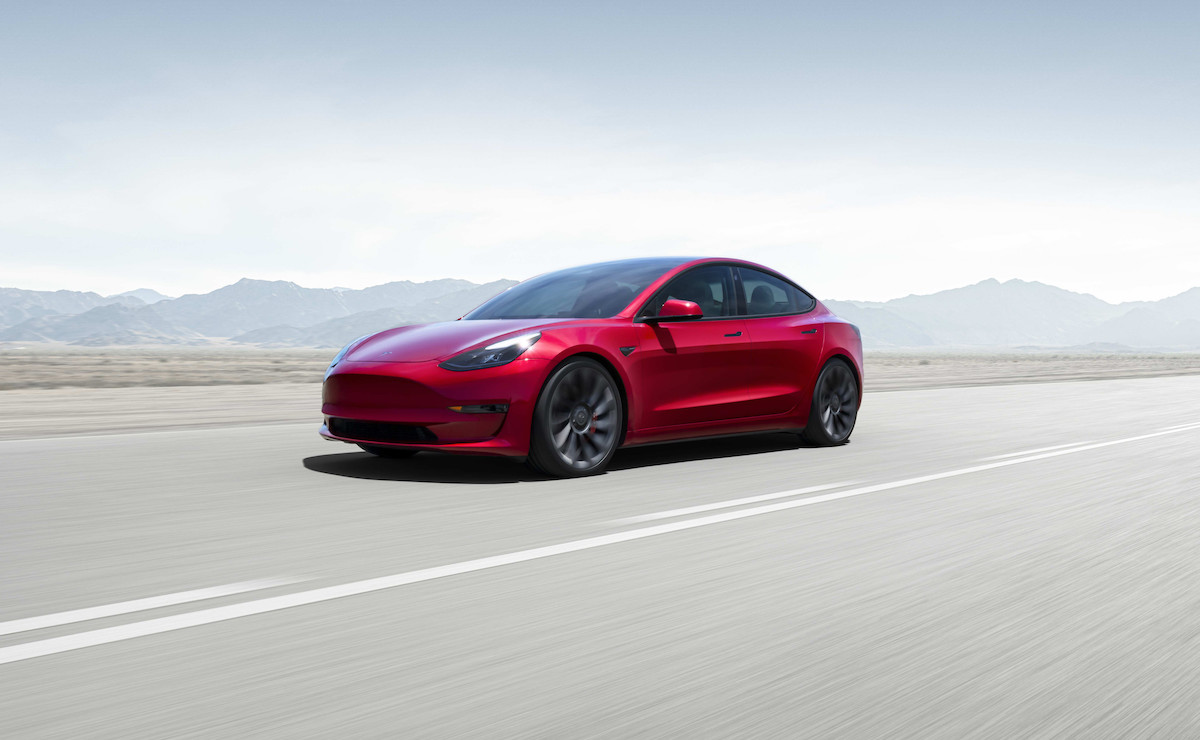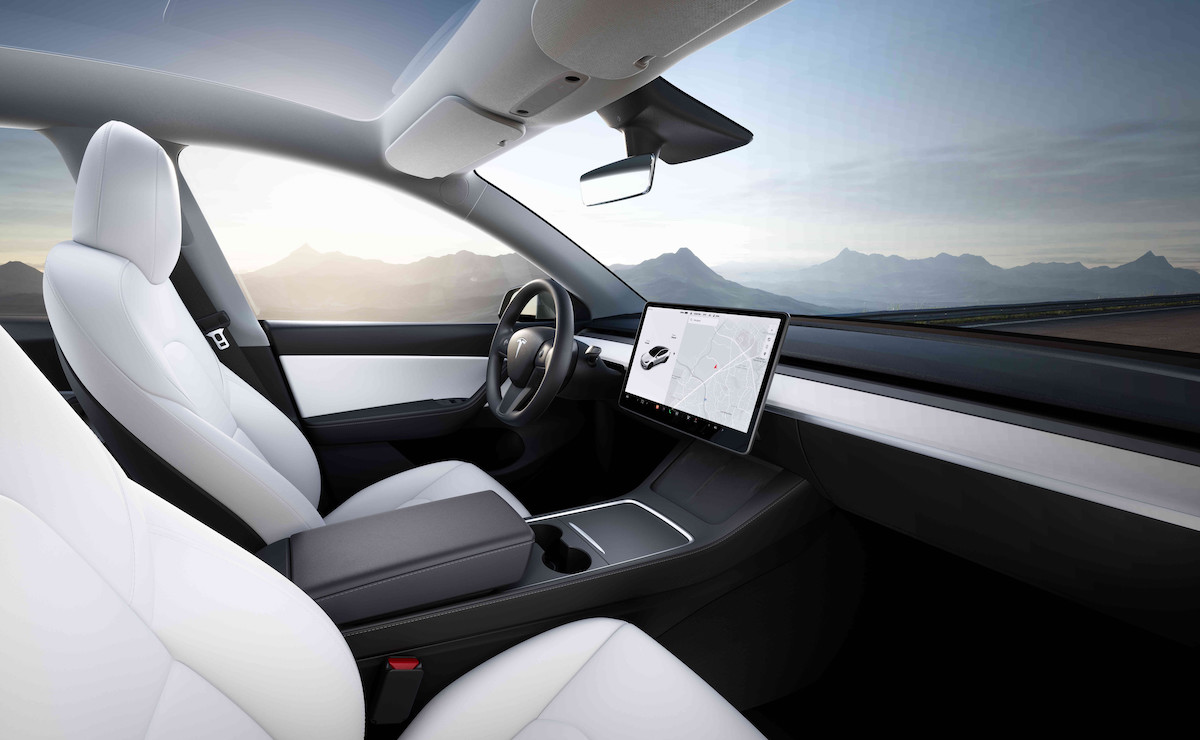When buying cars, the consideration related to money is not only the cost of acquisition and usage, but also the residual value when selling used cars. The longer the waiting line of clients, the higher the residual value will be as new cars became used cars. Certainly, some cars are especially hyped the by the consumer concept of rarity, but regarding the common situation, the resale value of ICE cars is determined by information including car condition, model year, mileage, repair record, and the brand value. The factors that consumers considered about used BEVs in the past few years might be the lifetime of batteries in addition to the points mentioned above. As the rechargeable capacity of batteries is less than 80%, it’s assumed it’s required to be replaced. Due to most consumers’ insufficient confidence in the lifetime of batteries, many carmakers promote extended warranty programs for batteries that are better than those for whole cars, which have a little help for resale values of used cars. However, regarding the actual usage situation, simply speaking, the lifetime of batteries of BEVs is easier to be affected by factors including usage environment, usage habit (the variance of charge/discharge rate), etc., so to view from the level of technology of BVs on the market nowadays, the residual value of used BEVs is inferior to ICE cars theoretically. However, as the technology of batteries keep improving and the manufacturing cost decreases year by year, I predict that in the situation that there will be less model-change or all-new ICE cars to be introduced after 2030, the evolvement of residual value of BEVs and ICE cars in the next decade will be a major topic worthy of exploring deeply into.

Firstly, let us check the viewpoints that BEVs have better residual values…
- The commercialization of solid-state batteries will be implemented after 2025, so that the cost of lithium batteries nowadays will be reduced, and to compel the advancement of the recharge/discharge times (i.e., the usage lifetime) go faster; especially LFP batteries that is technically mature at that time, which is believed to have groundbreaking progress.
- The design of battery packs and the detection program of features will be easier for screening and replacing malfunction cells as packs are sent to repair center, so that no worry about replacing the whole battery pack. Workshops focusing on battery cell replacement will begin to emerge as the market of BEVs expands rapidly after 2025.
- The personal experience of lower usage cost of BEVs (electricity is cheaper than gasoline, less maintenance required) will attract more used car customers being prone to BEVs in the situation that BEVs gradually be popularized in the coming years.
- The concept of battery swap, even though only being promoted by NIO currently, might become a trend if other brands follow up. This “car and battery separation” concept of selling will completely remove the doubts about the residual value of BEVs.
Secondly, let us check the viewpoints that ICE cars have better residual values…
- 2025 will be the time that many traditional carmakers begin to introduce newly-developed cars on BEV-dedicated platforms successively. At the same time, I assume that there will be a trend of facelift product actions in the ICE cars market, especially the traditional carmakers that have insufficient resource to introduce BEVs with enough performance and quality, to fight against BEVs with more price-competitive portfolio to maintain the market share. The price of used older models will decrease, but these facelifted models will show their residual values after 2~3 years.
- 2030 will be the crossover point of the sales of ICE cars and BEVs, but in the situation that model-change or all-new ICE cars become fewer and fewer, the “hardcore” consumers of ICE cars will seek to replace their cars among the used car market, therefore the residual value of ICE cars will thus be improved.

Certainly, BEVs being strongly hyped with innovation of its operating model by Tesla’s Elon Musk in recent years, the resale value of Tesla used cars also outshine others, or even better than major traditional car brands. Thus, it can be seen that the online fixed price purchasing, and the OTA feature downloading of Tesla is believed to let used car owners to feel the stability of price (won’t be influenced by new car bargaining), and the all-new feeling of updating features at all times that isn’t inferior to new cars. These new concepts that breaks through blind spots, and impacts the out-of-date thinking of used cars market, will lead to the right way to the new age of automotive.